Table of Contents
This site uses text-to-image generation to illustrate some of its pages, including my commonplace books note. This is intended as an experiment in visual communication, conducted in the spirit of critical making.
What is Critical Making?
Critical making combines the act of creating with critical analysis, fostering a dual engagement in hands-on production and reflective thought. This approach encourages both students and practitioners to explore the broader social, cultural, and ethical dimensions of the artifacts they produce.
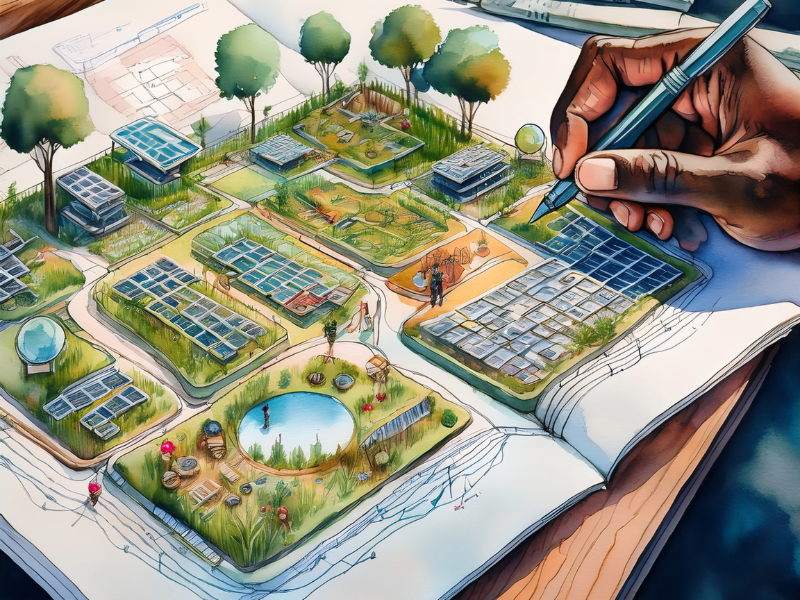
By directly working with text-to-image systems rather than just theorizing about them, I hope to develop a more nuanced understanding of their tendencies, limitations, and social impacts.
Methodology
This is a casual experiment with no formal structure. I use various text-to-image generation tools to create illustrations for select notes in this digital garden. The images are generated using prompts derived from the content of the notes, sometimes with modifications to achieve desired aesthetic results.
I always include the tool used and the original prompt in the image metadata, which I hope creates transparency around this experiment. My intention is to make the process visible, not to hide the technology behind them or present them as "authentic" images.
I reflect on both the process of creating these images and their relationship to the text they accompany. Questions that arise during this process become part of the experiment itself, documented here and in related notes.
Experiment 1: Botanical Prints
I began this experiment with a simple prompt: "field of rudbeckia, warm colors, linocut." I wanted to see how different systems interpreted this prompt and what aesthetic choices they made. The results varied, showcasing the unique characteristics of each system. Both tools I used—Adobe's text-to-image generator and DeepAI—were able to create botanically accurate images, but they also introduced their own stylistic interpretations.
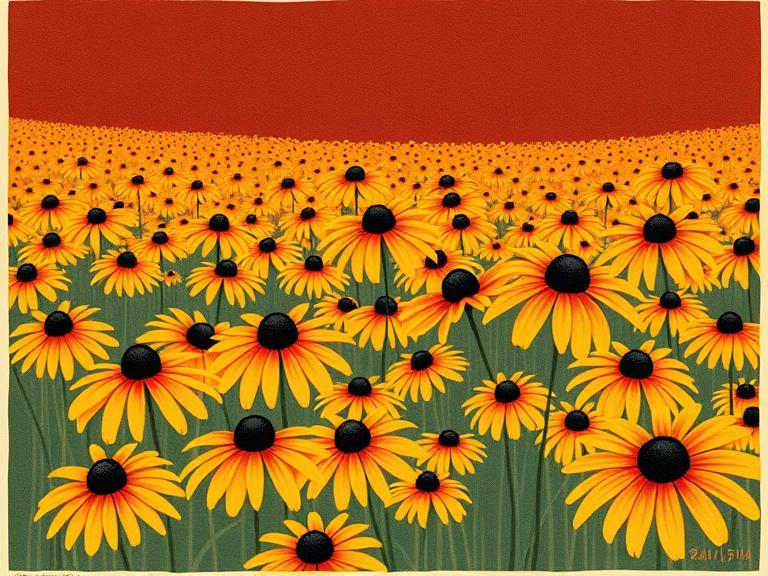
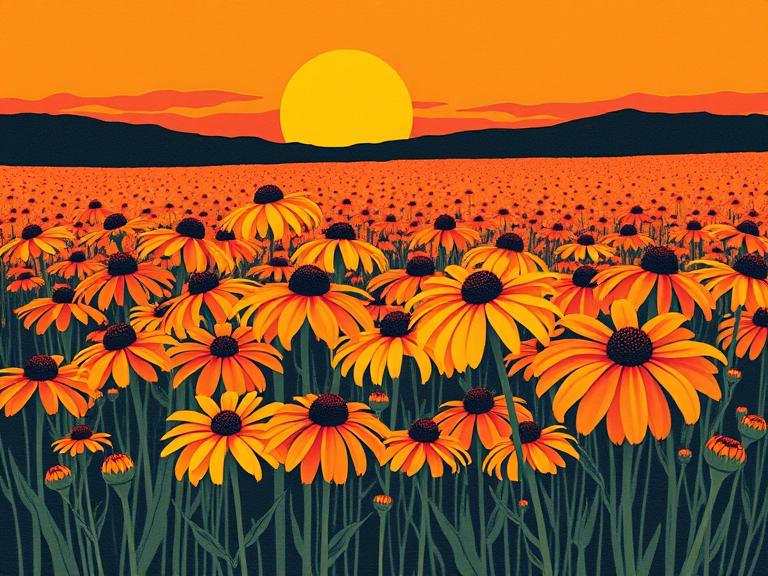
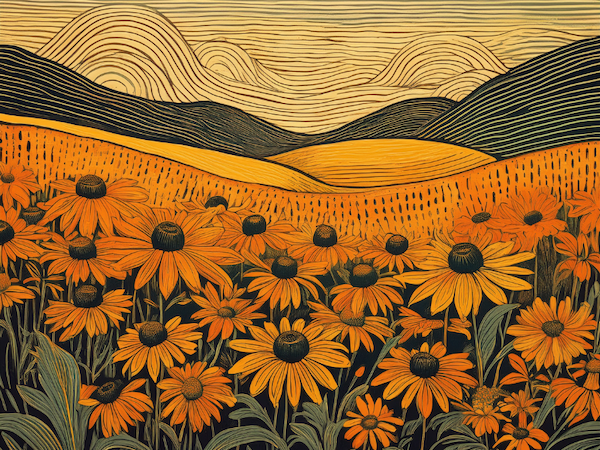
These three AI-generated images demonstrate how computational image generators, which create visuals through statistical pattern matching rather than genuine understanding, interpret the same subject—fields of black-eyed susans—through different aesthetic lenses. While all three depict repetitive floral landscapes, they range from simplified graphic design to retro illustration to Art Nouveau-inspired decorative arts.
The first two images, both from DeepAI, notably evoke the work of Ilonka Karász, particularly her New Yorker cover illustrations from the 1940s-60s, with their bold color blocking, flattened perspectives, and warm palette reminiscent of mid-century graphic design. The third image, using Adobe Express, diverges toward a more ornamental, printmaking-inspired style. What's particularly fascinating is how each interpretation maintains the core subject matter while expressing different artistic philosophies—from pattern-based minimalism to nostalgic warmth to decorative complexity—revealing the multiple aesthetic "knowledge bases" embedded within AI image generation systems.
Experiment 2: Solarpunk Computer Shrine
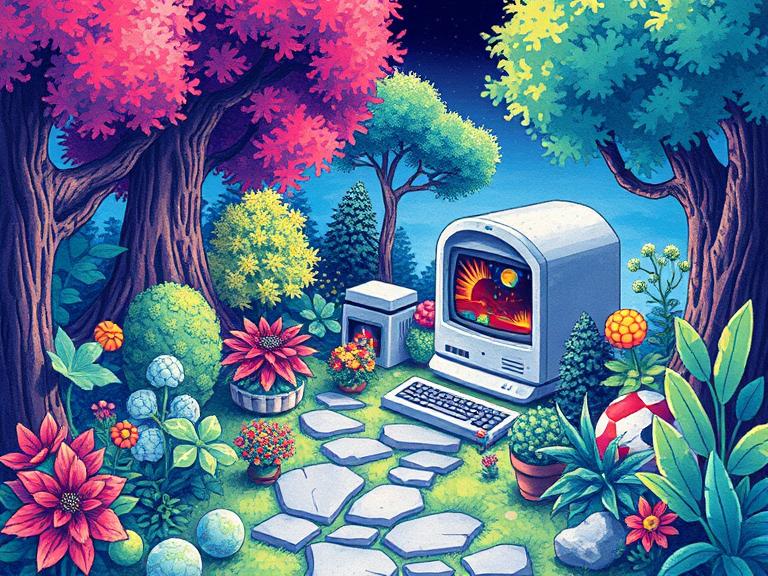
Questions to Explore
Aesthetic Considerations
- What visual aesthetics do these systems tend to replicate?
- How do these systems interpret ambiguity and abstraction?
- What happens at the boundary between the describable and the indescribable?
- How do different systems handle the same prompts, and what does this reveal about their training?
Ethical Concerns
- How do these systems reproduce (or challenge) existing power structures?
- What biases emerge in generated imagery?
- Who benefits from and who is harmed by these technologies?
- Following Dan McQuillan's work on AI ethics, how might these systems contribute to algorithmic fascism through aesthetics?
This exploration connects to my broader interest in pre-cinema technologies, the development of photography, and how new visual technologies shape our understanding of the world.